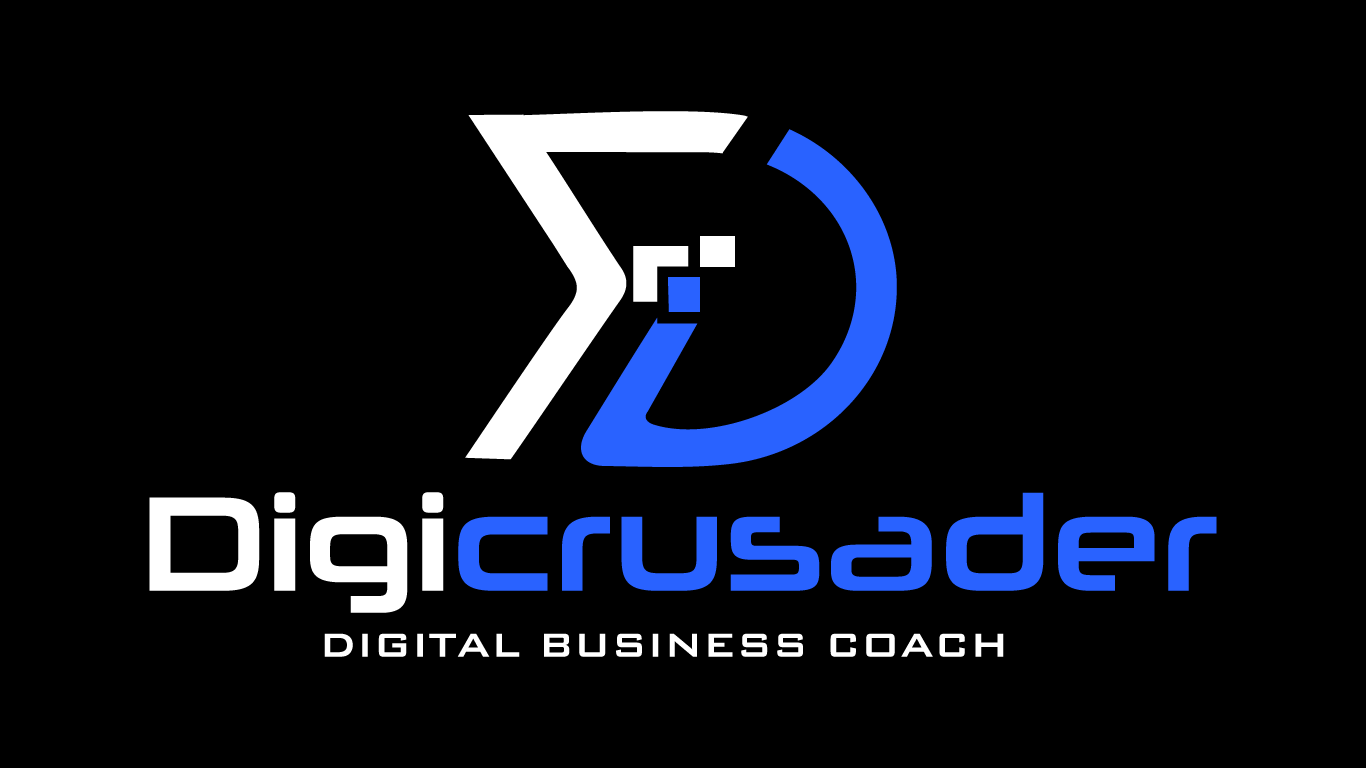In today’s digital era, where cyber threats evolve at an alarming rate, organizations require robust security mechanisms to safeguard their data and premises. Cloud-based cloud access control systems offer a sophisticated solution by enabling remote management and real-time monitoring. This technological advancement not only heightens security levels but also streamlines access to facilities. Below, we explore how these systems are transforming the security landscape and why they are essential for modern enterprises.
Enhancing Security Posture with Cloud-Based Access Control Systems

The adoption of cloud-based access control systems introduces a paradigm shift in security strategies. By utilizing a centralized platform, organizations can monitor and manage entrances across multiple locations effortlessly. This centralized approach significantly reduces the probability of unauthorized access, contributing to a strengthened security posture.
Moreover, these systems allow for customization of access levels where administrators can assign specific permissions based on roles or schedules. This flexibility ensures that individuals can access only the areas necessary for their duties, minimizing the potential for internal security breaches.
With a cloud access control system, updates and patches can be deployed remotely, ensuring that security measures remain up to date against the latest vulnerabilities. This proactive maintenance model saves time and resources that would otherwise be spent on manual updates.
The Agile Response of Cloud Access to Emerging Security Threats
Emerging security threats require an agile response, a key advantage of cloud-based access control. Unlike traditional systems bound by physical constraints, cloud access evolves swiftly to counter new threats.
Such systems benefit from a collective intelligence approach, where threat data and trends are shared across the network, enabling preventative measures against risks not yet encountered locally. This shared knowledge helps in devising quick countermeasures, providing a responsive barrier to emerging threats.
Additionally, cloud access control can be scaled up or down on demand, ensuring that security capacity matches the level of threat detected without the need for physical installations. The agility of these systems enables a timely response that could prevent security incidents before they occur.
This flexibility and scalability are particularly invaluable during unexpected scenarios, such as natural disasters or sudden operational changes, guaranteeing continuity of access and security processes in fluctuating circumstances.
Integrating Advanced Authentication for Robust Cloud Access Management
Advanced authentication methods have become a cornerstone of sturdy cloud access management. These mechanisms go beyond traditional passwords, embracing biometrics, multi-factor authentication (MFA), and risk-based authentication for enhanced security.
By integrating such technologies, cloud-based access control systems ensure that only validated individuals gain entry to sensitive areas or data. Biometric authentication, for instance, relies on unique physical characteristics that are difficult to replicate or steal, reducing the occurrence of identity fraud.
Cloud-based systems facilitate seamless updates to these authentication protocols, ensuring that organizations can adopt the latest and most secure methods swiftly. This continuous advancement of security measures keeps potential intruders at bay, as the complexity of gaining unauthorized access increases significantly.
The Role of Real-Time Monitoring in Cloud Access Security

Real-time monitoring stands as a critical feature of cloud-based access control, providing instant oversight over all access-related events. This continuous supervision enables security teams to react instantly to any irregular activities, potentially thwarting security breaches in their infancy.
Cloud access systems are equipped with dashboards that offer a user-friendly interface for monitoring purposes. Through these dashboards, administrators can track live feeds, review access logs, and manage alarms, all from any location with internet connectivity.
The integration of other security solutions, such as security cameras (like a PTZ camera) and alarm systems, further extends the capabilities of real-time monitoring. With this integration, every angle of an incident can be documented, providing a comprehensive view that is instrumental during investigations.
Moreover, real-time data analytics play a pivotal role in identifying security patterns and predicting future threats. These insights enable preemptive adjustments to access protocols, reinforcing the overall security fabric of an organization.
Overall, organizations that overlook the significance of cloud-based access control may find themselves lagging in both security preparedness and operational efficiency. By embracing the advanced authentication, real-time monitoring, and agile response capabilities offered by these systems, businesses can protect themselves against a myriad of threats while balancing the need for security with budget considerations. Investing in cloud access control is not just a security measure but an essential strategic decision in today’s interconnected world.











